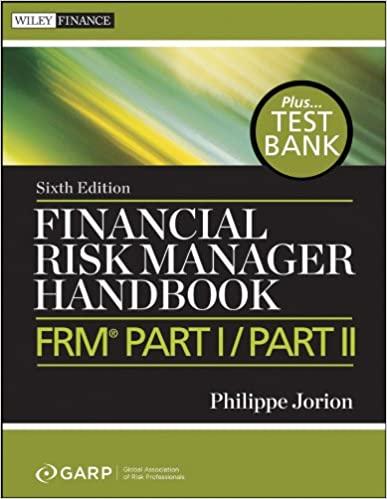Question
When test scores are low, students often ask the teacher whether he or she is going to curve the grades. The hope is that by
When test scores are low, students often ask the teacher whether he or she is going to "curve" the grades. The hope is that by curving a low score on the test, the students will wind up getting a higher letter grade than might otherwise be expected. The term curving grades, or grading on a curve, comes from the bell curve of the normal distribution. If we assume that scores for a large number of students are distributed normally (as with SAT scores) and we also assume that the class average should be a "C," then a teacher might award grades as listed in the table below.
| A | 1.5 standard deviations above the mean or higher |
| B | 0.5 to 1.5 standard deviations above the mean |
| C | within 0.5 standard deviation of the mean |
| D | 0.5 to 1.5 standard deviations below the mean |
| F | 1.5 standard deviations below the mean or lower |
Suppose a teacher curved grades using the bell curve as in the table above and the grades were indeed normally distributed. What percent of students would get a grade of "A"? Round your answer as a percentage to one decimal place. % What percent of students would get a grade of "B"? Round your answer as a percentage to one decimal place. Suggestion: To find the percentage of students getting a grade of "B," subtract the percentage of students 0.5 standard deviation or less above the mean from the percentage of students 1.5 standard deviations or less above the mean. %
Step by Step Solution
There are 3 Steps involved in it
Step: 1

Get Instant Access to Expert-Tailored Solutions
See step-by-step solutions with expert insights and AI powered tools for academic success
Step: 2

Step: 3

Ace Your Homework with AI
Get the answers you need in no time with our AI-driven, step-by-step assistance
Get Started


